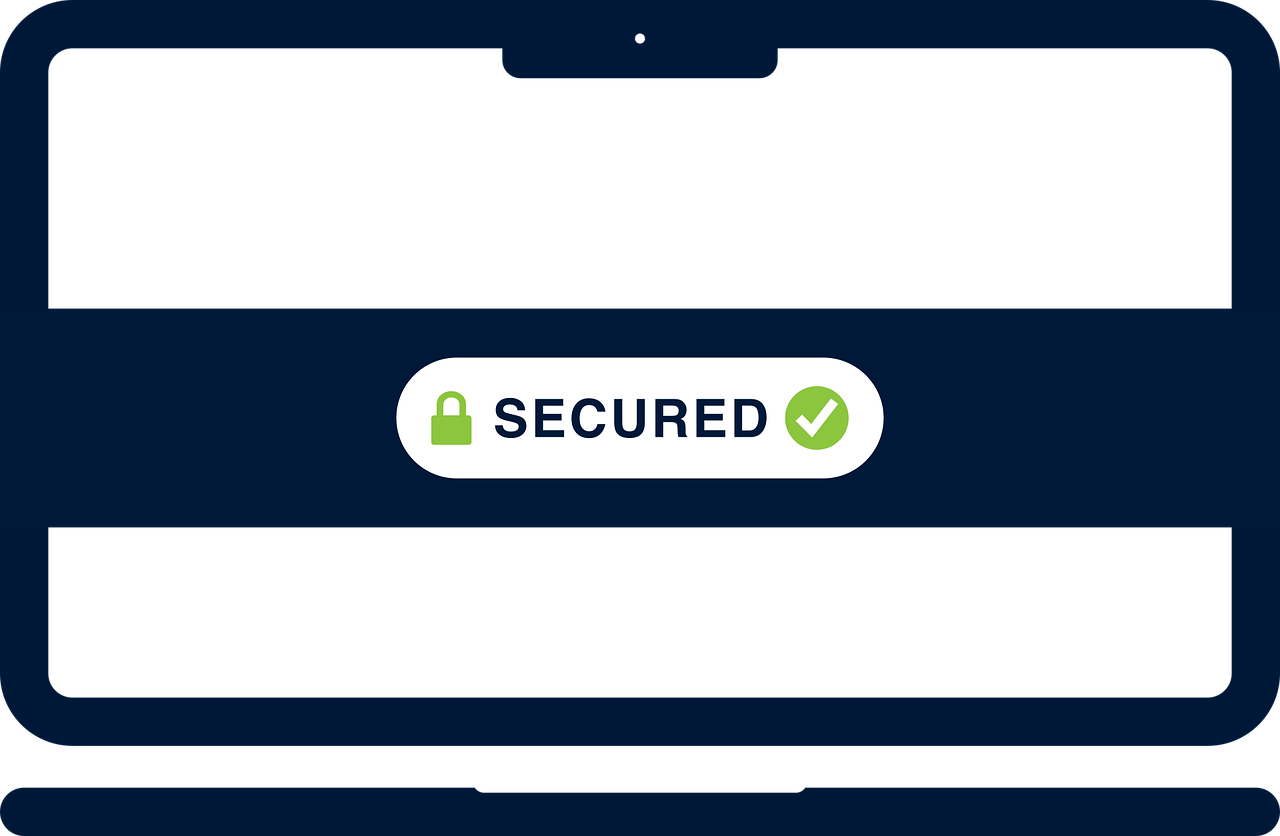Security is of the utmost significance for any website in the modern digital world. SSL/TLS certificates, which encrypt the data transferred between the web server and the user’s browser, are one of the fundamental components of website security. The wildcard certificate is one sort of SSL/TLS certificate that has grown in popularity in recent years. We’ll delve into what wildcard certificates are, how they function, and their benefits and drawbacks in this detailed overview.
Wildcard Certificates: What are they?
All subdomains of a domain are protected by SSL/TLS certificates known as wildcard certificates. For instance, www.example.com, blog.example.com, support.example.com, and any additional example.com subdomains are all secured by a wildcard certificate issued for *.example.com. For websites with numerous subdomains, wildcard certificates are advantageous since they remove the need to buy and install separate certificates for every subdomain.
How Do Wildcard Certificates Function?
In order for wildcard certificates to function, the domain name field must contain the wildcard character (*). The browser verifies the domain name field of the certificate to make sure the subdomain is protected when a user accesses a subdomain protected by a wildcard certificate. The browser will trust the certificate and create a secure connection if the subdomain matches the wildcard character.
Wildcard certificates’ benefits
Cost-effective: Since wildcard certificates do not require buying and installing separate certificates for each subdomain, they are inexpensive for websites with numerous subdomains. This can save a lot of money, especially for large businesses with numerous subdomains.
Simplifies Certificate management is simplified with wildcard certificates because just one certificate needs to be used for all subdomains. Installing, renewing, and revoking individual certificates for each subdomain becomes less of an administrative effort as a result.
Better User Experience: Wildcard certificates guarantee that all subdomains are secured by SSL/TLS, delivering a seamless and uniform user experience throughout the whole website. Regardless of the subdomain they are viewing, users can be sure that their data is encrypted and safeguarded.
Wildcard certificates’ drawbacks
Limited Security: Regular SSL/TLS certificates and wildcard certificates both offer the same level of encryption and security. However, all subdomains protected by a wildcard certificate will be exposed to threats if it is hacked.
Wildcard certificates can only safeguard subdomains of a single domain, making them unsuitable for websites with many domains. A wildcard certificate is not appropriate if a website has many domains; instead, separate certificates must be bought and deployed for each domain.

DNS Verification: Wildcard certificates need to be verified using DNS, which can be difficult for websites with intricate DNS setups. This may delay the certificate’s issuing, resulting in annoyance and website outage.
Best Practices for Wildcard Certificates
Decide on a trustworthy Certificate Authority (CA): For the issuance of your wildcard certificate, use a credible CA. The security and integrity of your certificate are guaranteed by reputable CAs since they adhere to industry standards and best practices.
Certificate Scope Limit: Only include the subdomains that truly need to be secured in the scope of your wildcard certificate. This lowers the possibility of a hack and boosts general security.
Utilize robust encryption: To guarantee the confidentiality and integrity of the data transferred between the web server and the user’s browser, employ powerful encryption algorithms like SHA-256.
Conclusion
A cost-effective and effective method of securing websites with several subdomains is through wildcard certificates. However, not all websites can use them, and they need careful evaluation before use. Website owners can guarantee the security and integrity of their wildcard certificates by adhering to standard practices and picking a credible CA.
Follow website for more topic.
Also read:








